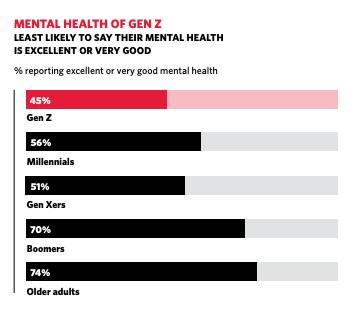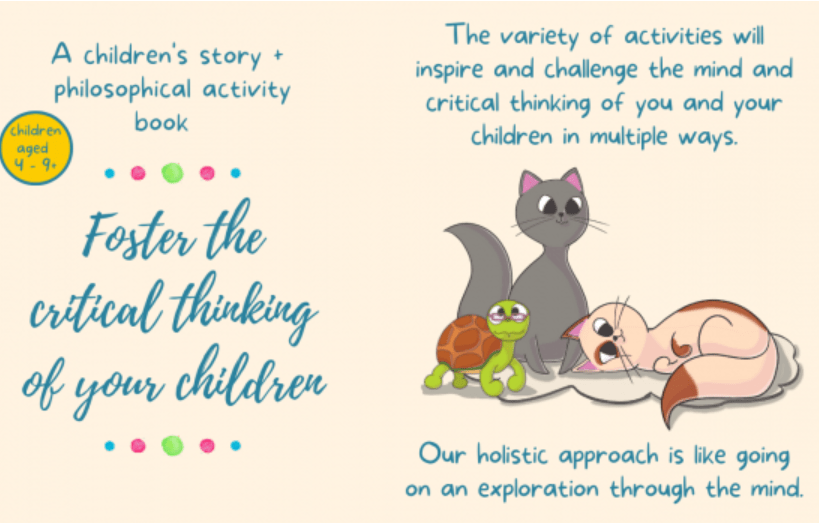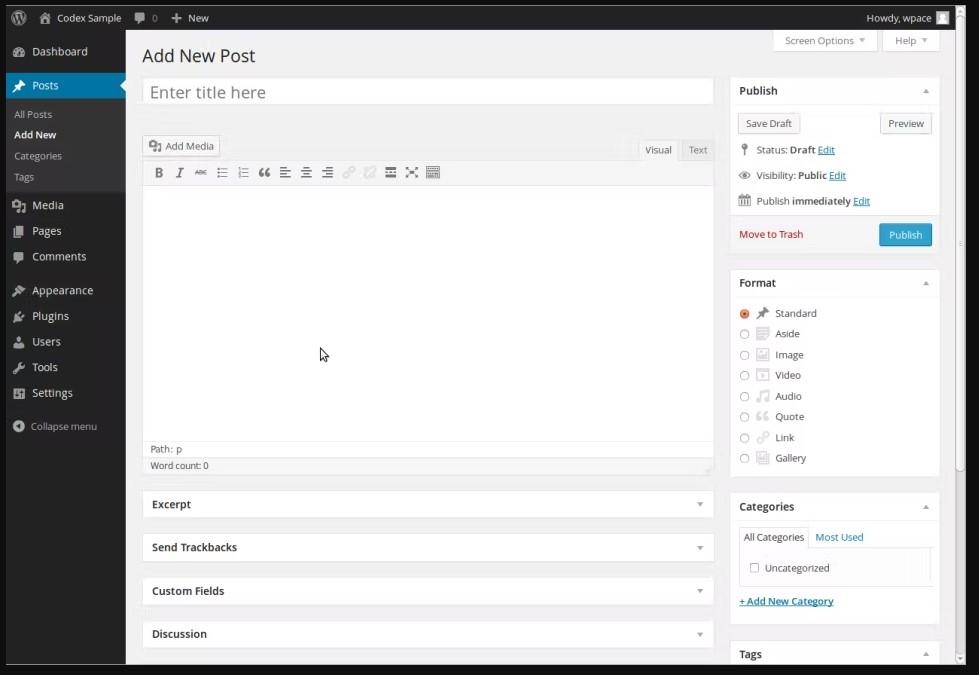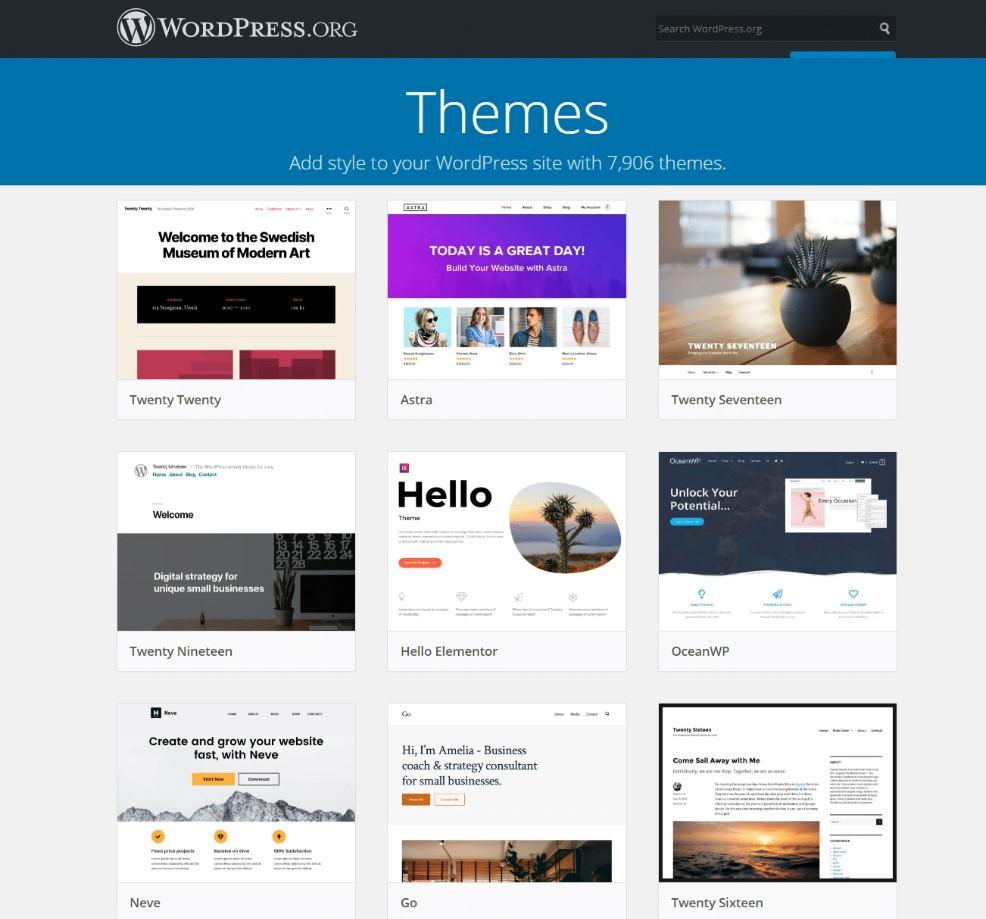Volunteering, whether locally, domestically, or internationally, can be incredibly rewarding.
Choosing to volunteer can help a person to achieve their aspirations to make a difference. It can also have practical applications by improving your CV and helping you to stand out when applying for job roles.
There are a lot of worthy causes, charitable organisations, and non-profits to volunteer for.
However, it is important to do your research on where to volunteer to ensure it’s a rewarding experience on both sides. Keep reading to learn more.
Always Do Your Research
 Before you commit to any volunteer opportunities, it is paramount that you do your research, especially if you want to volunteer internationally. You need to take the time to investigate the issues at play that require the need for volunteers, as well as the expectations of the role, and the work carried out by the organisation and the community within which you will be volunteering. In addition, you need to understand the socio-economic and cultural factors at play in the community.
Before you commit to any volunteer opportunities, it is paramount that you do your research, especially if you want to volunteer internationally. You need to take the time to investigate the issues at play that require the need for volunteers, as well as the expectations of the role, and the work carried out by the organisation and the community within which you will be volunteering. In addition, you need to understand the socio-economic and cultural factors at play in the community.
When it comes to researching the organisation, there are several things that you need to be looking out for. First, what are the ethics and morals of the organisation? Do they align with your moral stance? What work does the organisation do? You should follow the money; where do the donations go? Is everything all above board?
In some instances, you might be able to find reviews or testimonials from others that have volunteered. This can provide you with an insight into what it might be like to volunteer with that organisation.
Lastly, you need to think about where you can personally make the most impact. What volunteer roles do your skill set, experience, and knowledge base suit you for? Some people take volunteering incredibly seriously, even making a career out of it and gaining certificates in things like public policy analysis from renowned institutions like the London School of Economics and Political Science, which can provide you with the knowledge you need to really affect change.
This can help to make you a more effective volunteer as an international student. Still, it can also help to provide you with more opportunities should you want to work with the organisations in a professional capacity.
Ethical Implications

The ethical implications of your volunteering are also something that you might want to consider. Obviously, you will want to choose a volunteer position with an organisation, charity or non-profit that has the same ethical standpoint as you.
This is where your research will prove important. Some volunteer organisations allege that they are sustainable or ethical, but this is not always true. These organisations tend to be more centred on making a profit regardless of whether that means that they continue to harm communities, habitats, people, or animals.
You might also want to consider the ethical implications of your actions too. When volunteering overseas or with poor communities, your actions can come across as self-serving, patronising, and even damaging in some cases.
Think about the white saviour complex and the ensuing conundrum. Your intentions might be innocuous enough, but that doesn’t mean that the resulting actions will be. This is something that you might want to bear in mind. This isn’t meant to put you off from volunteering, but it is important to consider your actions in a wider cultural context.
Paying to Volunteer vs Paid Volunteers
 Within volunteering, there are a couple of different types of volunteer work. Depending on when and where you choose to volunteer, you might encounter paid volunteer positions, or you might be asked to pay to volunteer. The phrase ‘paid volunteer’ is an oxymoron, it is essentially a job, and therefore, you aren’t volunteering.
Within volunteering, there are a couple of different types of volunteer work. Depending on when and where you choose to volunteer, you might encounter paid volunteer positions, or you might be asked to pay to volunteer. The phrase ‘paid volunteer’ is an oxymoron, it is essentially a job, and therefore, you aren’t volunteering.
Organisations that make you pay to volunteer should also be regarded with suspicion. If you want to volunteer overseas, then encountering fees is much more common, but it should still be approached with caution. Before you commit to paying anything, you should have already done some research into the organisation, but you need to look into how the money is used. Where do the donations go?
Does it all go straight into the project and the goal? If so, this might be why you are asked to pay a fee to volunteer. Most of the time, organisations prioritise transparency, and therefore they will outline the practices and why you are being asked to pay and what it will be used for.
Finding the Right Role
 When it comes to volunteering, the role that you choose to fulfil can make or break your experience. Obviously, the roles themselves will vary depending on the organisation, but you should remember to consider your own skills and experience. Is the volunteer role that you are considering going to utilise them? Does it make the best use of your specific skills?
When it comes to volunteering, the role that you choose to fulfil can make or break your experience. Obviously, the roles themselves will vary depending on the organisation, but you should remember to consider your own skills and experience. Is the volunteer role that you are considering going to utilise them? Does it make the best use of your specific skills?
For example, if you have graphic design or photography experience, then would designing leaflets be the best fit for you? There are roles of all classifications available depending on the organisation, of course. If you can’t find a role that fits with what you had in mind, you can always get in touch with the organisation directly and outline what you would like to do to see if they can tailor a volunteer position to you.
In addition to thinking about how well you are going to fit the role, you also need to consider how well the role is going to fit you. There are a few ways to find volunteer work depending on what you’re looking for. You will first have to consider some questions. What sort of time commitment is the organisation looking for? If you are volunteering locally, this might be a couple of hours a week. Some volunteering involves manual labour, which some people might find difficult.
You need to think about what the role entails and whether that works with what you can give. Volunteer work is often unpaid, and so a lot of people must fit their volunteer work alongside their paying job and any other responsibilities that they might have. Some people also choose to volunteer on a more casual basis, there are roles out there that only need filling occasionally or when an event is on.
The Bottom Line
Volunteering is often incredibly rewarding and worthwhile for the volunteers. However, committing to a volunteer position or an organisation without doing your research beforehand can mean that the experience is not worth your time. The factors above should be taken into account and used when making your decisions regarding volunteering. A lot of people want to volunteer because, ultimately, they want to make a difference in the world, and volunteering can certainly help, but you need to manage your expectations. Remember that volunteering is about providing help in a meaningful way to create sustained changes in the world.







 How do
How do 

 The recent death of Queen Elizabeth might be the best time to talk to kids about death. This is an opportunity to explain ‘death’ to them when their sense of personal loss isn’t as massive as it would be when a dear pet or an ailing grandparent dies.
The recent death of Queen Elizabeth might be the best time to talk to kids about death. This is an opportunity to explain ‘death’ to them when their sense of personal loss isn’t as massive as it would be when a dear pet or an ailing grandparent dies. You may tell your child that the person who died is now with God. This statement may comfort you but could actually scare your child. Your child may think that God will take them away as well. So, before you decide to use religious references, check if they are well attuned to these references.
You may tell your child that the person who died is now with God. This statement may comfort you but could actually scare your child. Your child may think that God will take them away as well. So, before you decide to use religious references, check if they are well attuned to these references.
 Grief is a strong emotion and needs to be expressed fully.
Grief is a strong emotion and needs to be expressed fully. Coping with the loss of a loved one is far more difficult. This is someone you’ve known personally; someone with whom you’ve shared an emotional connection.
Coping with the loss of a loved one is far more difficult. This is someone you’ve known personally; someone with whom you’ve shared an emotional connection.
 Instead of wasting energy fretting over which corner of the classroom to tackle first, your own
Instead of wasting energy fretting over which corner of the classroom to tackle first, your own  Although teaching is traditionally done face-to-face, your computer or laptop is one of the essential tools in your teaching arsenal as many teachers now also
Although teaching is traditionally done face-to-face, your computer or laptop is one of the essential tools in your teaching arsenal as many teachers now also  If you happen to lead a team of teachers or have support staff working alongside you in your classroom, it’s vital that you make the most out of their abilities by delegating tasks to them. Not only does this take a load off your plate, but it also allows your colleagues to put their best foot forward and produce some of their best work.
If you happen to lead a team of teachers or have support staff working alongside you in your classroom, it’s vital that you make the most out of their abilities by delegating tasks to them. Not only does this take a load off your plate, but it also allows your colleagues to put their best foot forward and produce some of their best work. It’s not surprising, given the sheer workload teachers must juggle daily if you occasionally let a task or two slip between the cracks. But if this is a regular occurrence, it can reap havoc on your organisational skills. Fortunately, there are many ways that teachers can give their brains a nudge to ensure that tasks don’t get forgotten.
It’s not surprising, given the sheer workload teachers must juggle daily if you occasionally let a task or two slip between the cracks. But if this is a regular occurrence, it can reap havoc on your organisational skills. Fortunately, there are many ways that teachers can give their brains a nudge to ensure that tasks don’t get forgotten.


 If you’re spending a year studying in another country, you’re obviously going to need money to survive. Don’t count on securing a part-time job as soon as you arrive, jobs can be hard to come by and many businesses may think twice before hiring a foreign student who may not even speak the native language.
If you’re spending a year studying in another country, you’re obviously going to need money to survive. Don’t count on securing a part-time job as soon as you arrive, jobs can be hard to come by and many businesses may think twice before hiring a foreign student who may not even speak the native language. Finding somewhere suitable to live is crucial. While the university might arrange this for you with dorms that you can get
Finding somewhere suitable to live is crucial. While the university might arrange this for you with dorms that you can get  While it’s not totally necessary to speak the language of your destination country, knowing a handful of common words and phrases prior to your arrival will make the transition much smoother and more stress-free. You’re likely to pick up more of the language the more time you spend there, but it can’t hurt to have some prior knowledge, and it will endear you to locals by showing you’ve made an effort. You can use some
While it’s not totally necessary to speak the language of your destination country, knowing a handful of common words and phrases prior to your arrival will make the transition much smoother and more stress-free. You’re likely to pick up more of the language the more time you spend there, but it can’t hurt to have some prior knowledge, and it will endear you to locals by showing you’ve made an effort. You can use some 
 How to Make a Start with a WordPress Blog
How to Make a Start with a WordPress Blog 4. Install WordPress
4. Install WordPress The Best Blogging Categories
The Best Blogging Categories
 Your first step is to identify the types of roles you’d be interested in pursuing. Because of the sheer number of different roles, it’s important to know what things are available to you based on your skills and qualifications and to then narrow that search down based on your interests.
Your first step is to identify the types of roles you’d be interested in pursuing. Because of the sheer number of different roles, it’s important to know what things are available to you based on your skills and qualifications and to then narrow that search down based on your interests. You could take the more complex route of starting your own business if you’re struggling to find a role you really want to do. It’s worth noting that starting a small tech business is easier than ever due to the amount of external support you can receive, including external IT support from a business like
You could take the more complex route of starting your own business if you’re struggling to find a role you really want to do. It’s worth noting that starting a small tech business is easier than ever due to the amount of external support you can receive, including external IT support from a business like  When it comes to IT, progress and development are fairly quick, with new technology and software being released regularly, as well as new methods of doing things. New coding languages are created, new platforms are developed, and innovative new technologies are created. Because of this, it’s so important to constantly seek to learn new and useful skills within this industry to ensure you remain indispensable to your company.
When it comes to IT, progress and development are fairly quick, with new technology and software being released regularly, as well as new methods of doing things. New coding languages are created, new platforms are developed, and innovative new technologies are created. Because of this, it’s so important to constantly seek to learn new and useful skills within this industry to ensure you remain indispensable to your company.
 You should not make your final decision right away. First, check with the university you like to see if they can accept you or if you have extenuating circumstances. The university might have some requirements that will qualify you for acceptance.
You should not make your final decision right away. First, check with the university you like to see if they can accept you or if you have extenuating circumstances. The university might have some requirements that will qualify you for acceptance. If resitting is the only option left for you, it is vital to study your A-Level results first. The common reason people want to
If resitting is the only option left for you, it is vital to study your A-Level results first. The common reason people want to  Retake only the subjects that you think will boost your overall grade significantly. It is vital to determine which subject/s pulled down your overall grade. Another thing you should consider is time.
Retake only the subjects that you think will boost your overall grade significantly. It is vital to determine which subject/s pulled down your overall grade. Another thing you should consider is time.